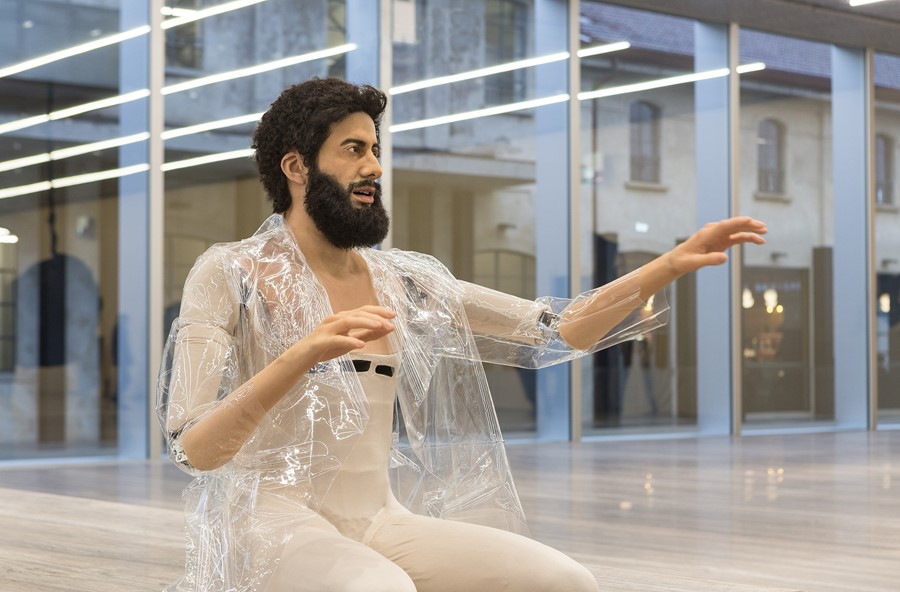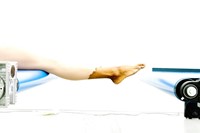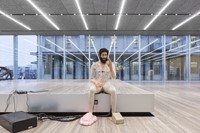From putting androids in the Fondazione Prada to choreographing a dance performance on top of a conveyor belt, artist Goshka Macuga's upcoming projects push her practice further than ever before
Polish-born, London-based artist Goshka Macuga originally started working with contemporary dance institution Rambert when she was asked to create a permanent piece from the company's private archive on London's South Bank. To mark its historic 90th anniversary, she has now been invited to create a performance work in the Lowry building in Manchester. The project grew out of her largest show to date – a major exhibition at the Fondazione Prada entitled To the Son of the Man Who Ate the Scroll, which took over two years to create, looking at different philosophical and scientific ideas about beginnings and endings throughout the history of humanity. Here she discusses her process, and trying out a different medium.
Francesca Gavin: What was the spark for the work you are creating for the Rambert?
Goshka Macuga: For my installation at the Fondazione Prada I used these conveyor tables, factory tables, to display very long scrolls. The whole show was about beginnings and endings, memory and the categorisation of knowledge. The scroll on the first table contained mostly different narratives of beginnings as articulated through myths, systems of beliefs, different branches of science etc., and placed on top of this scroll was a work by John De Andrea of what seems to be a post-coital couple. In this particular placement of the work, the couple came to represent Adam and Eve, and it was quite striking visually to see these physical bodies representing the ‘beginning’ laid across these industrial tables.
How did you move from the sculptural work to performance?
When the David Roberts Foundation asked me to do something for An Evening of Performances in 2016, I proposed to activate these tables, but rather than displaying objects across the static surface as at the Fondazione Prada, I wanted the conveyors to move. In a symbolic way this was supposed to relate to the accumulation of cycles building in the history of mankind but also to the idea of cycles as repetitive acts in a more general sense. Somehow the idea of this couple coming to life and interacting with each other on the tables seemed so evocative of so many things, responding to many of the themes that I’ve been engaging with over the past few years.
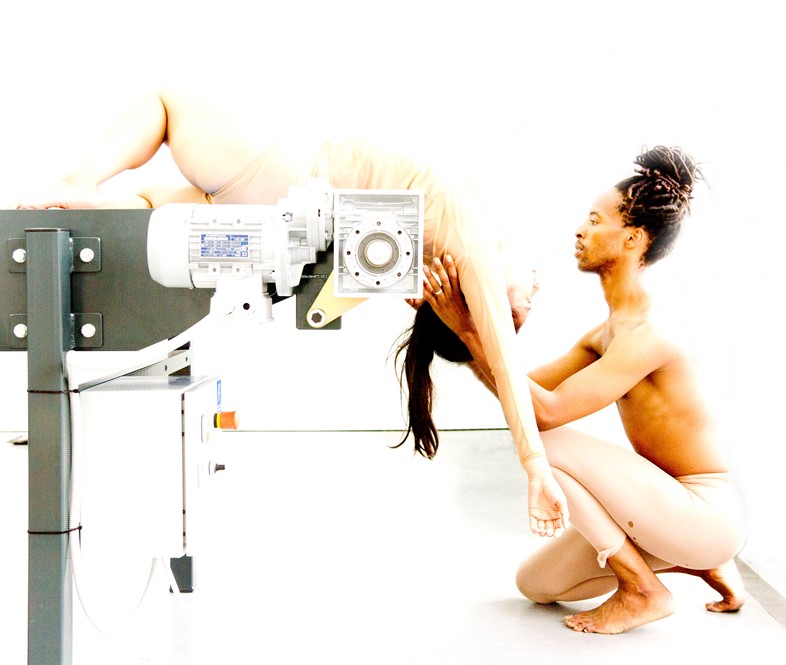
How did you work with the choreography of the piece?
I had a very clear idea what I wanted; the challenge for me was how to communicate this to the dancers. One of the dancers, Mbulelo Ndabeni, used to work with Rambert – he now works independently. Fukiko Takase, whom he is dancing with, is also his wife. Of course I’m less sure of the range of what one can do with the body than dancers are, so I struggled slightly to articulate my ideas. We collaborated on the choreography and asked Mira Calix to compose music especially for the piece.
The performance is very slow and there’s a lot of repetition. Of course it relates to factory workers and the repetitiveness of production but it also mimics many other scenarios and relational dynamics. Principally it is a very meditative piece, where you observe something as you would observe a piece in an exhibition space. The music works to indicate the changes in tone and shifts in the ambience of the piece. The performance is very much conditioned by the strong structure created by the two tables and their arrangement in the room; the two dancers interact with this structure and the sound to present a shifting range of scenarios wrought with different relational tensions.
What do you find interesting about working in a medium outside of your normal practice?
I looked at a lot of Japanese contemporary dance, especially butoh and the expression of feelings, rather than a technical, physical expression of ability. I follow dance and admire the work of Pina Bausch and Michael Clark; I have some awareness of what is going on in the performing arts. I really wanted to create something that was strong as a piece but not in a conventional way; something that functions as an artwork rather than as a dance performance.
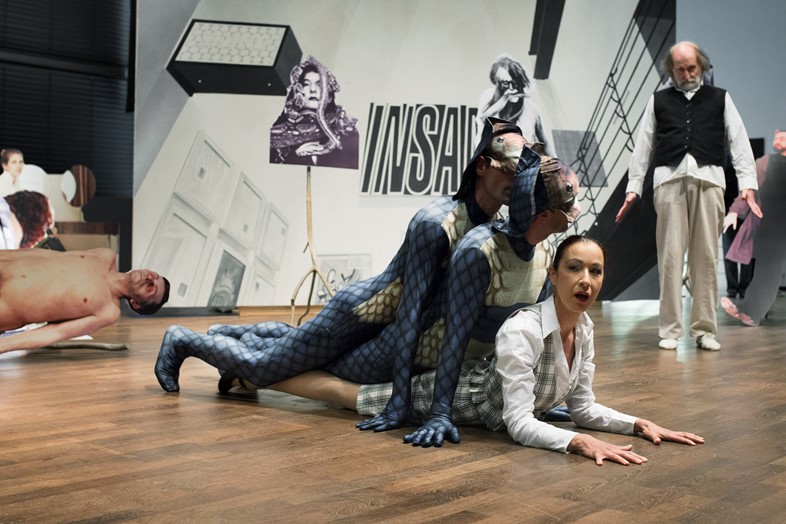
Do you have a performance background?
I always wanted to be a dancer. I sang in the theatre when I was a teenager. This was my world, that I loved, but my father totally didn’t want me to continue. I was part of a theatre group of mainly 20- and 30-year-olds. I was 15 and he really had a big issue with that. I stopped and he pushed me to the fine art field. Now it’s time to go back to it, and explore it a little bit further. The theatre play that I did for the Berlin Biennale in 2014 was the first step, and I have been recently asked by the Austrian theatre director Stephan Mueller to collaborate on opera production of Antigone for the Staatsoper in Kassel. We will be reworking a baroque opera by Tommaso Traetta. My idea is to create a sci-fi version of Antigone by setting the action in space. The performance will open a few days before Documenta.
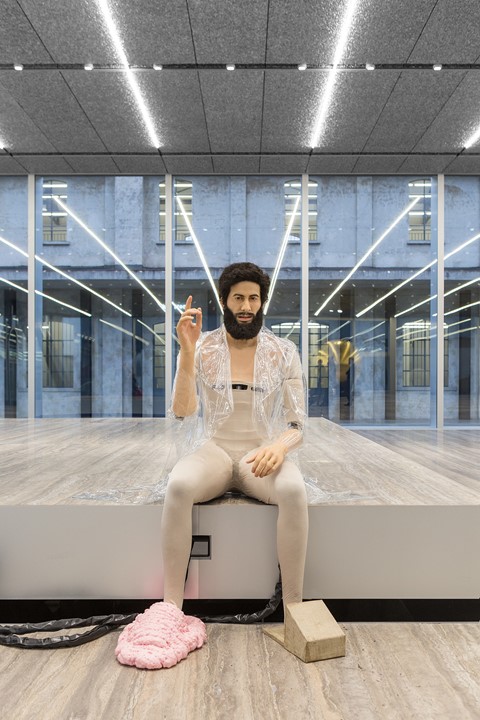
Perpetual Movement runs until February 26, 2017 at The Lowry.
